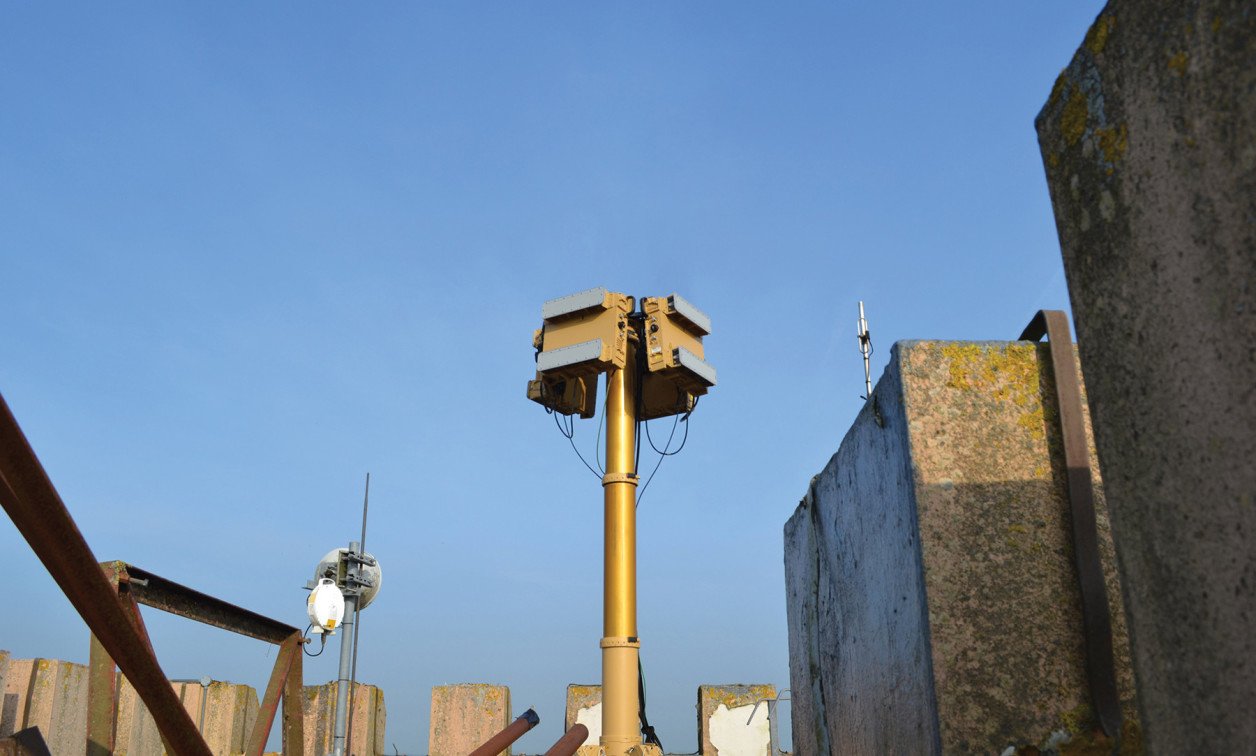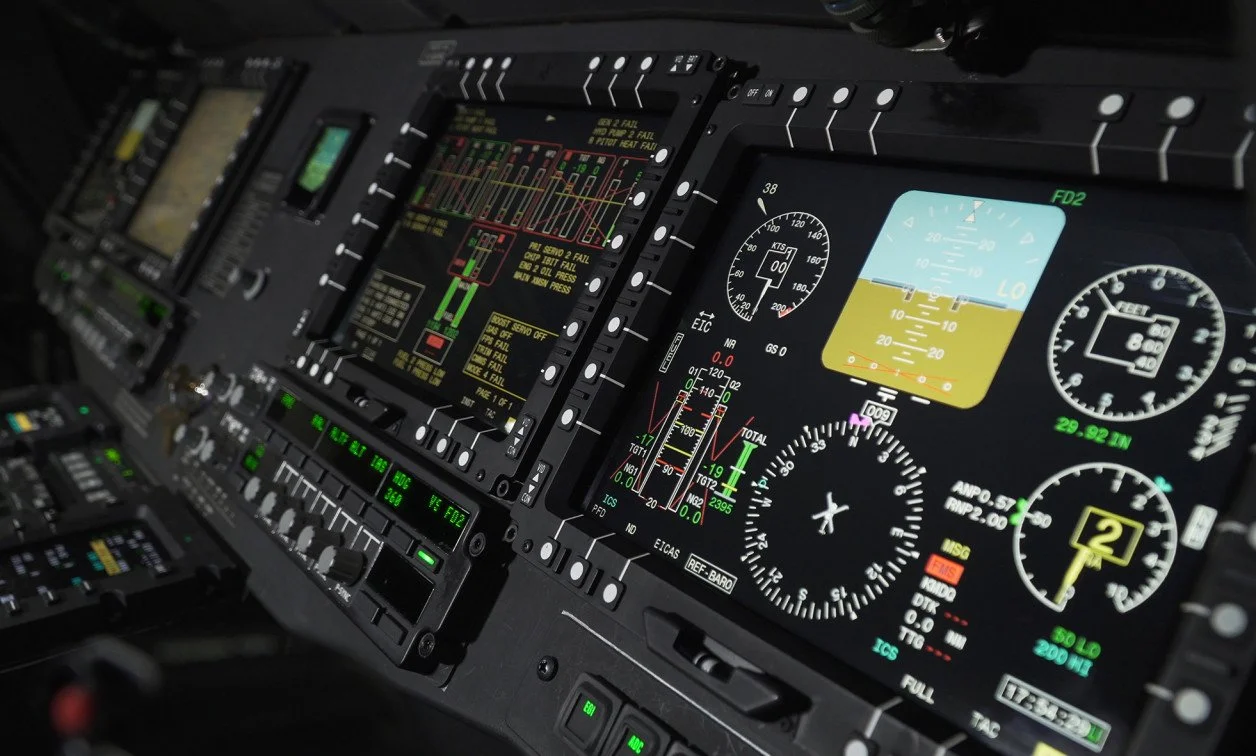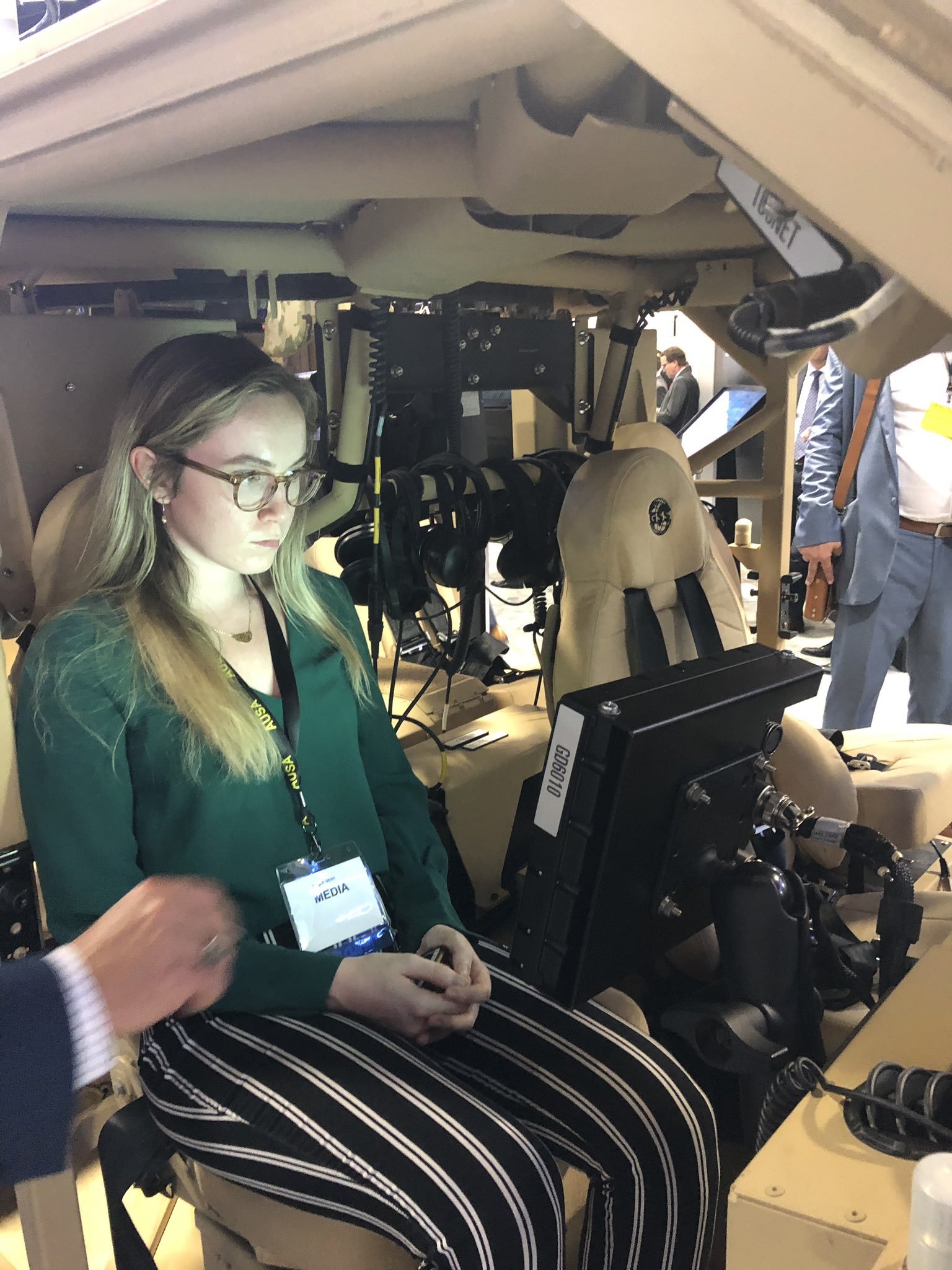Paw Prints Magazine
As the Content Writer for the Arizona Humane Society, I was responsible for creating the content for each quarterly edition of Paw Prints magazine. This publication served as a key tool for the organization to engage and communicate with donors, rescue partners, and other community supporters.
The War Zone
As a staff writer for The War Zone, I authored nearly 200 bylines spanning breaking news and in-depth feature stories focused on the defense industry. Each day, I developed story ideas by drawing on my network of sources, insider tips, open-source intelligence, and a comprehensive understanding of the geopolitical landscape.
Unmanned ISR payloads leverage MOSA designs
See more, detect more, and decode more – these are the primary requirements being asked of unmanned systems in the military, and proprietary hardware and software can make achieving those goals a challenge. This is why Army, Navy, and Air Force leaders mandated a Modular Open Systems Approach (MOSA) for all new programs and upgrades. MOSA examples include the Sensor Open Systems Architecture (SOSA) Technical Standard and the Future Airborne Capability Environment (FACE) Technical Standard. These initiatives among others, aim to offer commonality of hardware to enable easier and more affordable technology insertion in unmanned systems.
Electronic warfare systems demand multifunctionality and integration in RF and microwave designs
Radio frequency (RF) and microwave technology used in the military is ever-evolving and necessarily acclimating to the congested digital battlefield. These solutions need to be fluent in the language of electronic warfare (EW). Demands for multifunctionality, digitization, and increased sensitivity are pushing designers to add these capabilities that warfighters require when translating electronic noise into actionable information.
Soldiers in GPS-denied environments require sensor-powered navigation tech
Knowing your exact location, how you got there, and how to get back are luxuries that the military on the move doesn’t always have the option to exercise. The satellite-based Global Positioning System (GPS) – such a staple of modern navigation – is undeniably a technological feat but can become an exploitable weakness when manipulated by an adversary. Technologies designed to operate in GPS-denied environments are being engineered in response to the U.S. Department of Defense’s (DoD’s) need to operate in areas where navigational infrastructures simply cannot exist.
5G and the military: A new era of connectivity
Fifth-generation wireless technology, or 5G, is poised to emerge in a big way into the defense market. While the buzz surrounding the 5G technology standard has been growing in the general public in recent years, the U.S. Department of Defense (DoD) has been trailing behind commercial entities on adopting 5G due in part to both the slower pace of the DoD’s acquisition process and the hard-to-keep-up-with pace of consumer-technology refresh. However, officials at several defense communications companies agree that it’s just a matter of time before 5G-enabled military solutions are deployed and forever change the way in which the armed forces communicate.
Exploiting big data for defense
On the battlefield, time can be a dependable driver and a formidable adversary. For this reason, companies supplying military electronics are viewing the services’ all-encompassing decision-making processes through a data-powered lens in hopes of giving the military one thing: Actionable information in the shortest possible time frame.
Leveraging small sats for defense: A matter of commoditization
Space exploration, observation, and communication systems are entering a renaissance. The advent of launch juggernauts like SpaceX, OneWeb, and even the U.S. Space Force are systematically redefining the way that technology is developed and acquired for use beyond the Earth’s atmosphere. Small satellites (small sats) will be among the many platforms that will continue to be affected by recent pushes for modernization.
Hypersonics: Making MACH 5 and beyond detectable and defendable
Threats facing the U.S. military are evolving fast – hypersonically fast. At speeds of MACH 5 and greater, hypersonic weapons are becoming increasingly challenging to detect, deter, and destroy. Military-technology manufacturers, however, are refusing to let these light-speed advancements become the Achilles heel for the U.S. Department of Defense (DoD). The methods through which companies in the hypersonic sector plan to ensure domestic confidence in this arena are said to be dependent on innovations like early detection, robust sensor systems, and a better understanding of what exactly makes a hypersonic weapon so lethal.
Dominating the electromagnetic spectrum requires processing and AI innovation
Efforts to dominate the electromagnetic spectrum (EMS) in the military arena are moving forward as manufacturers develop innovative technologies to find actionable needles in the crowded electromagnetic intelligence haystack. Cognitive capabilities, artificial intelligence (AI), and similarly cutting-edge developments have opened a new chapter in electronic warfare (EW), and so too has the need to keep pace with adversarial advancements.
Managing the military’s big data challenge
With every second that ticks by, the amount of data gathered by the U.S. military grows, as does the desire and need by the U.S. Department of Defense (DoD) to extract and use this data to form actionable intelligence. This situation directly results in an intense demand for military technology manufacturers to quickly produce both software and hardware capable of first processing the zettabytes of data that exist on Internet of Things (IoT) devices and then accurately analyzing its value. Successful gathering, processing, and analyzing will effectively change warfare as it is understood today.
Tackling the AI paradox at the tactical edge
Artificial intelligence (AI), as the general public understands it, is frequently associated with alluring – and sometimes alarming – ideas of talking robots, champion chess-playing computers, and sentient technology humans shouldn’t trust. In the defense industry, however, AI is on the path to becoming a loyal companion to the warfighter and manufacturers alike. As technology progresses, so does the range of defense capabilities that AI could not only supplement, but eventually manage.
C-UAS philosophy and needs dictate system advancements
In the counter-unmanned aerial system (C-UAS) arena, the threats they are designed to mitigate depend heavily on the market for which they are intended. A back-and-forth between UAS advancements and growth in the C-UAS industry dictate to manufacturers what these systems need and how much funding it will take to get them there.
Eyes up and out: Advancing situational awareness in helicopter avionics
Basic physics still dictates much of what makes helicopter flight successful, but military airborne platforms are constantly faced with environments civilian rotary- and fixed-wing aircraft simply don’t encounter: Degraded visual environments, a need for reduced workload, and improved pilot-vehicle interface drive military helicopter avionics upgrades and remain at the top of customer design requirements. In response to these military-user needs, companies are attempting to uncomplicate helicopter cockpit designs while using the most advanced electronics available.
AUSA and the week full of firsts
This is my first job out of journalism school, sans a bar gig here and there. But as far as pantsuit-wearing, desk-sitting, degree-utilizing jobs go – Associate Editor for Military Embedded Systems is the first title I’ve ever held.
ISR signal processing at the edge
Military users of signal processors seemingly want it all: parts that can process more data but be less detectable to the enemy, transmit data more quickly but don’t heat up from the effort, and operate at extremely powerful levels but are lightweight and ideally palm-sized. These requirements present an obvious challenge for engineers designing these processors for intelligence, surveillance, and reconnaissance (ISR) applications. The various solutions to these ISR demands involve artificial intelligence, machine learning, classification algorithms, and sensor fusion.
Conquering the quake: The West's efforts to predict the unpredictable
In places like the Southwest, where tectonic shaking is less prevalent, what happens when lethal fault lines threaten the lives of the under prepared? Flagstaff is more prone to earthquakes than we think, but locals may not prepared for the catastrophic results.
Prop or drop: A proposition cheatsheet
With all of the Election Day excitement, state and local government is often overlooked. This historical presidential race may have distracted most from community issues throughout Arizona, but The Lumberjack is here to update you on the results of the propositions.
Election Day 2016: Arizona and Flagstaff proposition updates
Election updates on local Propositions 410, 412, 413 and 414, as well as state Propositions 205 and 206.
Contemporary versus classic literature
A nearly impossible feat for the times is finding a high school graduate who has not read The Awakening, The Great Gatsby or literally any of Shakespeare’s works. This is because in the eyes of this country’s education system.



















